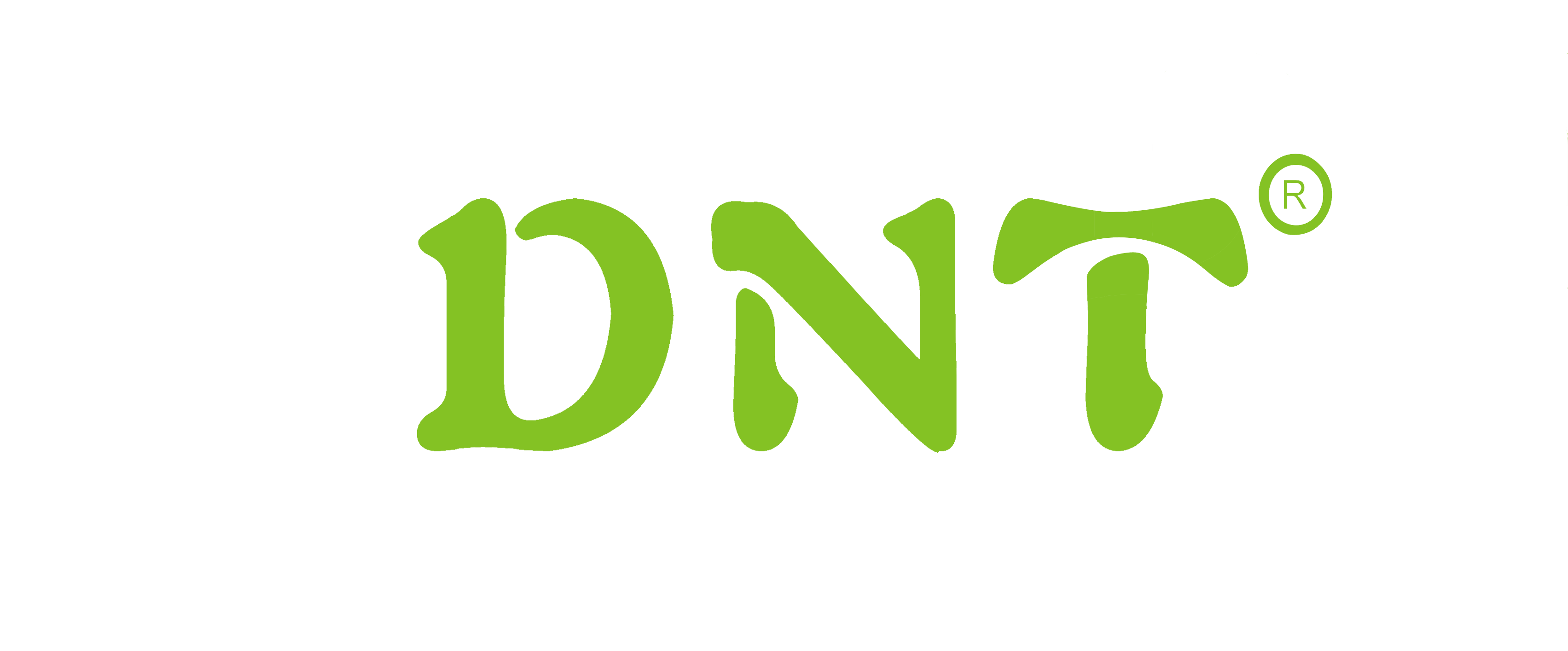The outer tie rod ends are one of the more important parts of your vehicle’s steering system. While you may not choose to replace the outer tie rod ends yourself, it is good to be able to recognize what they are and see if they need replacing. For those comfortable with working on cars, it may be a job you want to tackle yourself. Keep reading to learn more.
If your outer tie rod ends are worn out, then you can learn to replace it on your own. Though all systems will be slightly different, here are some basic steps to replacing the outer tie rod ends.
Set Up
Choose a dry, flat space to park your vehicle. Place wheel chocks on either side of your tires to keep the vehicle from. Ensure you have the proper protective equipment, including gloves and safety goggles or glasses. Lift the vehicle, put it on jack stands. To access the outer tie rod ends, you will need to remove the wheels.
Locate
You can find the outer tie rod ends just inside next to the tires where you’ll see a ball and stud with a locking nut attached to the steering knuckle. The outer tie rod is connected on the outer end with a castle nut and a cotter pin to keep it tightly attached.
The inner side of the outer tie rod is threaded and connected to the inner tie rod. Depending on the make of your vehicle as well as its particular steering system, you may need to look at the specific tools and parts that your system requires and replace accordingly.
Separate the Tie Rod’s Stud Nut
If the tie rod’s stud nut is a castle-style nut and cotter pin, then you will first straighten out and remove the cotter pin. Often, these can be difficult to remove due to corrosion, so feel free to flood the nut with penetrating oil.
Then you will need to remove the nut. You can do this with a tie rod separator or “pickle-fork” to shift the tapered stud from the bore. Insert the separator between the knuckle and tie rod and hammer til the tie rod comes off. This step may take some time.
Loosen the Jam Nut
If you have rack and pinion-type inner and outer tie rods, you can often remove and replace them without upsetting the vehicle’s alignment specs. However, you will need to have an alignment done after replacing the outer tie rods. You should still try to keep the alignment specs in line as much as possible.
The jam nut keeps the outer tie rod threaded onto the inner tie rod and kept tightly in place. Using a holding tool in one hand to secure both inner and outer tie rod ends, use a wrench in the other to loosen the jam nut. Avoid putting too much pressure on the inner tie rod.
Back the nut off of the rod but mark the position of the outer tie rod so that you know exactly at what point to thread on the new outer tie rod. Unthread the outer tie rod (you may need pliers) and then wrench the old outer tie rod off.
Install the New Outer Tie Rod End
Thread the new outer tie rod onto the inner tie rod and try and get it placed as closely as possible as it was before. Then, thread the ball stud into the steering knuckle and add the locking nut and cotter pin to secure the new outer tie rod end. You will want to tighten it appropriately so that it doesn’t loosen or overtighten. Both of these can cause the outer tie rod to separate.
Tighten the jam nut and use the same tools as before to avoid shifting the steering system. Add some grease to the new tie rod end to lubricate it and start it off in good working order. At this step, you may want to add some lubricants to other steering and suspension components as needed.
Place Wheels and Wheel Nuts Back On
Install the wheels and wheel nuts back onto the vehicle. Torque the wheels to specifications and then remove the wheel jacks. This is a good opportunity to check the tire pressure.
Check the Steering
See if you can steer smoothly. While the steering may be somewhat off-center, the steering wheel ought to be able to turn appropriately without catching. The off-centering is normal and is due to changes in wheel alignment when you changed the tie rod ends.
Get an Alignment
Even if your alignment is pretty good, it is still recommended that you go to your local Cottonwood or Riverton auto repair shop to get your wheels aligned. Wheel alignments always shift over time so it may be time for an alignment anyways. Some auto shops don’t do alignments so make sure to check and go somewhere where they offer alignment work.
The outer tie rods are a key part of making sure that your steering system works properly. Whether you plan on doing it on your own or taking your vehicle to the shop to get the outer tie rods replaced, it’s important to understand how this key part operates on your vehicle.
